Electronics and Communication Engineering - Exam Questions Papers
Exercise : Exam Questions Papers - Exam Paper 7
- Exam Questions Papers - Exam Paper 12
- Exam Questions Papers - Exam Paper 22
- Exam Questions Papers - Exam Paper 21
- Exam Questions Papers - Exam Paper 20
- Exam Questions Papers - Exam Paper 19
- Exam Questions Papers - Exam Paper 18
- Exam Questions Papers - Exam Paper 17
- Exam Questions Papers - Exam Paper 16
- Exam Questions Papers - Exam Paper 15
- Exam Questions Papers - Exam Paper 14
- Exam Questions Papers - Exam Paper 13
- Exam Questions Papers - Exam Paper 1
- Exam Questions Papers - Exam Paper 11
- Exam Questions Papers - Exam Paper 10
- Exam Questions Papers - Exam Paper 9
- Exam Questions Papers - Exam Paper 8
- Exam Questions Papers - Exam Paper 7
- Exam Questions Papers - Exam Paper 6
- Exam Questions Papers - Exam Paper 5
- Exam Questions Papers - Exam Paper 4
- Exam Questions Papers - Exam Paper 3
- Exam Questions Papers - Exam Paper 2
11.
With respect to the Miller integrator sweep shown below, the sweep rate will be
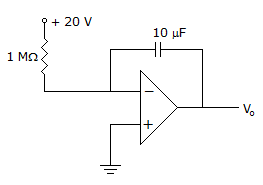

Answer: Option
Explanation:
Sweep rate =  .
.
12.
The trigonometric Fourier series for the waveform f(t) shown below contain
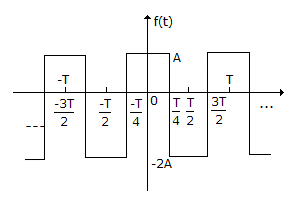

Answer: Option
Explanation:
Since given waveform is even, thus it will have only cosine terms. Function f(t) has more negative value then positive, so it will have negative DC Component.
13.
For a class B amplifier using a supply of VCC = 30 V and driving a load of 16 Ω the maximum efficiency will be __________ .
Answer: Option
Explanation:
The maximum output power is
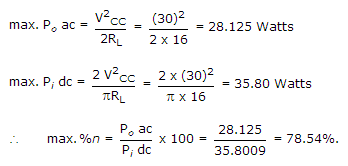
14.
If x[n] = cos then the sequence x[n] is
then the sequence x[n] is
 then the sequence x[n] is
then the sequence x[n] isAnswer: Option
Explanation:
Consider cos = cos
= cos = cos
= cos
Number of samples per period = 16p
This is not a rational number. Hence signal is non periodic.
15.
The point P in the following figure is stock at 1. The output f will be
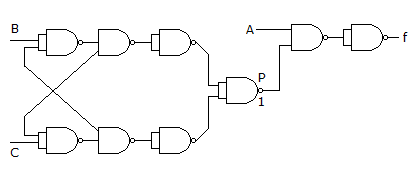

Answer: Option
Explanation:
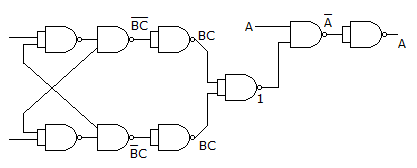
Quick links
Quantitative Aptitude
Verbal (English)
Reasoning
Programming
Interview
Placement Papers